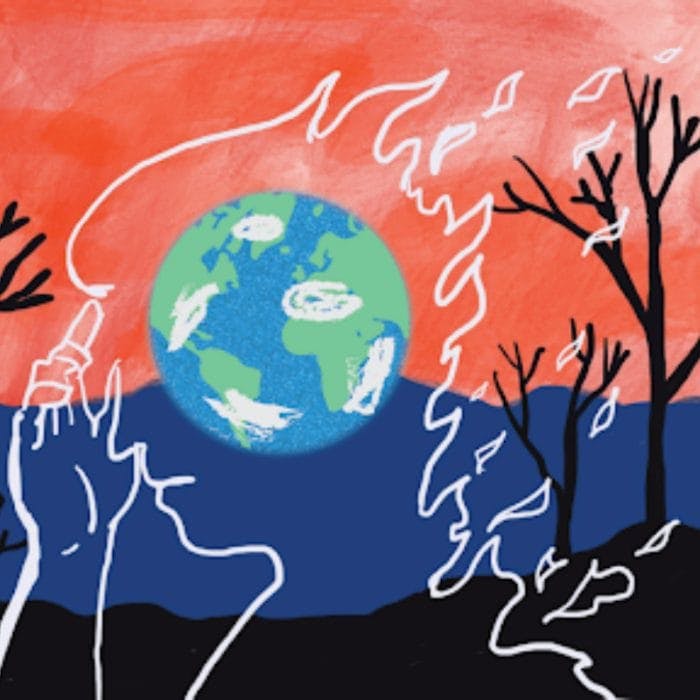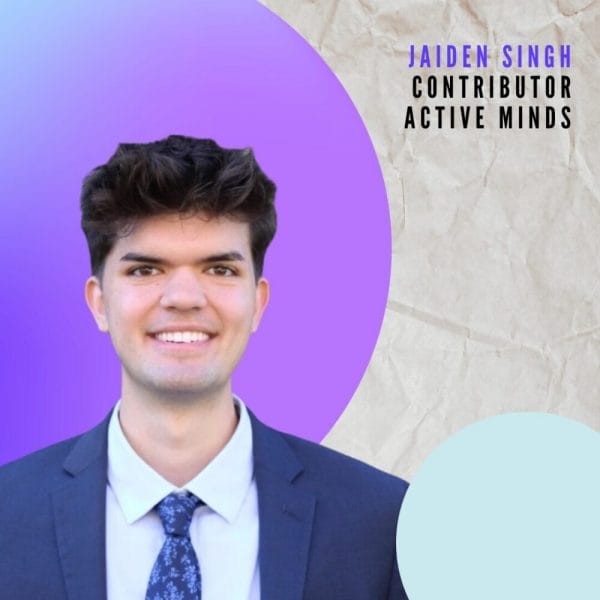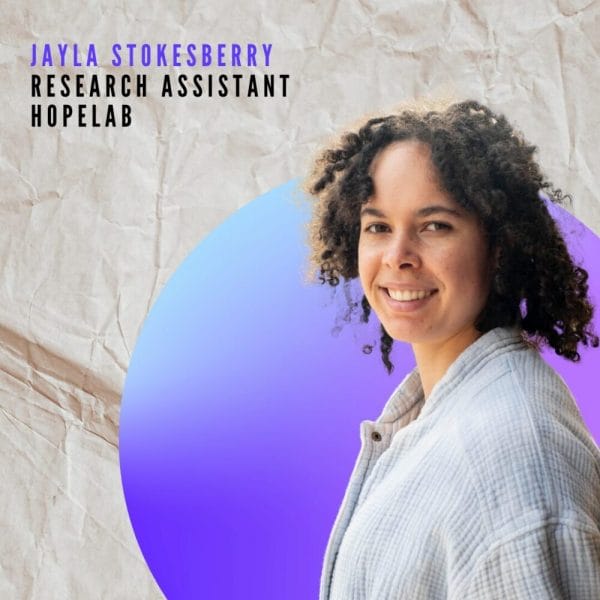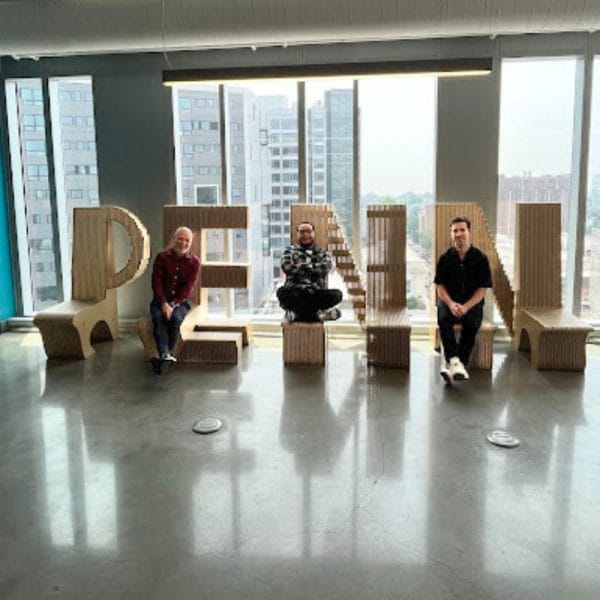Supporting Youth Mental Health in an Era of Global Climate Change
Young people feel the effects of climate anxiety every day. They are bombarded with information about climate change, and its frightening implications for their future, at school, in the news, and online. And many youth, especially those in underserved communities, experience the acute effects of climate injustice on a daily basis. Their physical and mental health are compromised by climate-related natural disasters and carbon-related pollution. These issues weren’t caused by Gen Z, and it’s both unjust and unrealistic to expect Gen Z to solve them alone. Fighting climate injustice requires intergenerational participation. We have the opportunity to support the mental health and psychological resilience of Gen Z-ers, particularly youth of color, as they navigate the impacts of climate change, by co-designing relevant social and emotional resources with them. The Hopelab Studio team recently explored the intersection of climate change and youth mental health, speaking with young activists, climate psychologists, and clinicians.
Climate Activism and Mental Health – Hannah’s Story
When Hannah Estrada, a 19-year-old Education and Organizing Coordinator for the Oakland, California-based environmental justice organization Youth vs. Apocalypse, realized she needed to prioritize her health, she was feverish – too sick to leave her room or even fully lift her arms above her head. Yet she felt compelled to keep organizing, taking interviews from bed, and remotely coordinating a protest for more than 40,000 people.
She remembers the moment when she started questioning this approach, telling us, “I was on the radio with this older lady who had been an organizer, and my voice was really raspy. She could hear in my voice how sick I was. And she had said something along the lines of the climate movement isn’t a sprint, it’s a marathon. You need to be here for the long run. And we need you for the long run. So you really need to take care of yourself. And that was the first time I was connecting dots as to–if I want to be an organizer, if I want to continue to do this work, I need to learn how to take care of myself and my body.”






